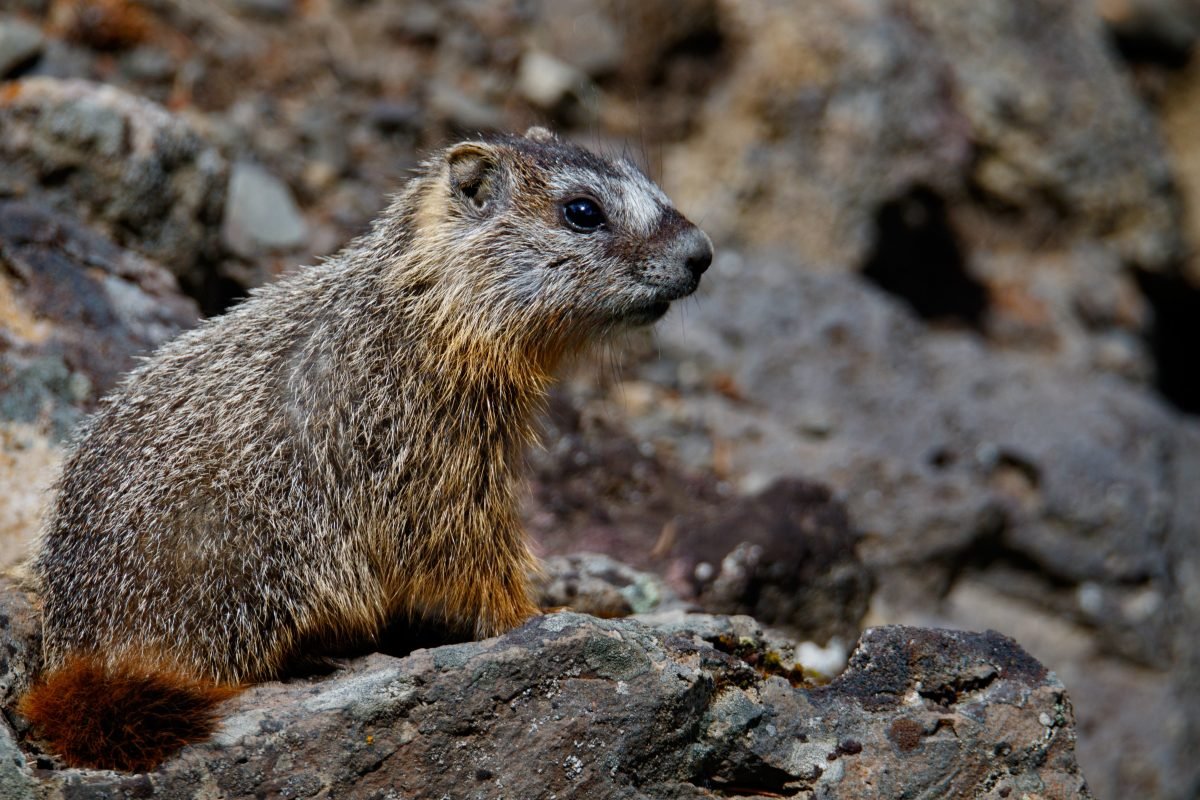Quasar is a popular Vue UI library for developing good looking Vue apps.
In this article, we’ll take a look at how to create Vue apps with the Quasar UI library.
Icons
We can add icons with the q-icon component.
For instance, we can write:
<!DOCTYPE html>
<html>
<head>
<link
href="https://fonts.googleapis.com/css?family=Roboto:100,300,400,500,700,900|Material+Icons"
rel="stylesheet"
type="text/css"
/>
<link
href="https://cdn.jsdelivr.net/npm/quasar@1.12.13/dist/quasar.min.css"
rel="stylesheet"
type="text/css"
/>
</head>
<body class="body--dark">
<script src="https://cdn.jsdelivr.net/npm/vue@^2.0.0/dist/vue.min.js"></script>
<script src="https://cdn.jsdelivr.net/npm/quasar@1.12.13/dist/quasar.umd.min.js"></script>
<div id="q-app">
<q-layout
view="lHh Lpr lFf"
container
style="height: 100vh;"
class="shadow-2 rounded-borders"
>
<div class="q-pa-md">
<q-icon
name="print"
class="text-teal"
style="font-size: 4.4em;"
></q-icon>
</div>
</q-layout>
</div>
<script>
new Vue({
el: "#q-app",
data: {}
});
</script>
</body>
</html>
We add the q-icon component with the name to set the icon to display.
And we change the class and style attributes to change the styles.
We can set the size with the size prop:
<!DOCTYPE html>
<html>
<head>
<link
href="https://fonts.googleapis.com/css?family=Roboto:100,300,400,500,700,900|Material+Icons"
rel="stylesheet"
type="text/css"
/>
<link
href="https://cdn.jsdelivr.net/npm/quasar@1.12.13/dist/quasar.min.css"
rel="stylesheet"
type="text/css"
/>
</head>
<body class="body--dark">
<script src="https://cdn.jsdelivr.net/npm/vue@^2.0.0/dist/vue.min.js"></script>
<script src="https://cdn.jsdelivr.net/npm/quasar@1.12.13/dist/quasar.umd.min.js"></script>
<div id="q-app">
<q-layout
view="lHh Lpr lFf"
container
style="height: 100vh;"
class="shadow-2 rounded-borders"
>
<div class="q-pa-md">
<q-icon name="print" size="xl"></q-icon>
</div>
</q-layout>
</div>
<script>
new Vue({
el: "#q-app",
data: {}
});
</script>
</body>
</html>
Other options include ‘xs’, ‘sm’, ‘md’, and ‘lg’ .
Images
We can add images with the q-img component.
For instance, we can write:
<!DOCTYPE html>
<html>
<head>
<link
href="https://fonts.googleapis.com/css?family=Roboto:100,300,400,500,700,900|Material+Icons"
rel="stylesheet"
type="text/css"
/>
<link
href="https://cdn.jsdelivr.net/npm/quasar@1.12.13/dist/quasar.min.css"
rel="stylesheet"
type="text/css"
/>
</head>
<body class="body--dark">
<script src="https://cdn.jsdelivr.net/npm/vue@^2.0.0/dist/vue.min.js"></script>
<script src="https://cdn.jsdelivr.net/npm/quasar@1.12.13/dist/quasar.umd.min.js"></script>
<div id="q-app">
<q-layout
view="lHh Lpr lFf"
container
style="height: 100vh;"
class="shadow-2 rounded-borders"
>
<div class="q-pa-md">
<q-btn
push
color="teal"
label="Change image"
@click="refresh"
></q-btn>
<q-img
:src="url"
spinner-color="white"
style="height: 140px; max-width: 150px;"
>
</q-img>
</div>
</q-layout>
</div>
<script>
new Vue({
el: "#q-app",
data: {
url: "https://placeimg.com/500/300/nature"
},
methods: {
refresh() {
this.url = `https://placeimg.com/500/300/nature?t=${Math.random()}`;
}
}
});
</script>
</body>
</html>
We set the src prop to set the URL of the image.
spinner-color changes the spinner color.
When we change the URL by calling refresh , the spinner will show.
We can change the aspect ratio with the ratio prop:
<!DOCTYPE html>
<html>
<head>
<link
href="https://fonts.googleapis.com/css?family=Roboto:100,300,400,500,700,900|Material+Icons"
rel="stylesheet"
type="text/css"
/>
<link
href="https://cdn.jsdelivr.net/npm/quasar@1.12.13/dist/quasar.min.css"
rel="stylesheet"
type="text/css"
/>
</head>
<body class="body--dark">
<script src="https://cdn.jsdelivr.net/npm/vue@^2.0.0/dist/vue.min.js"></script>
<script src="https://cdn.jsdelivr.net/npm/quasar@1.12.13/dist/quasar.umd.min.js"></script>
<div id="q-app">
<q-layout
view="lHh Lpr lFf"
container
style="height: 100vh;"
class="shadow-2 rounded-borders"
>
<div class="q-pa-md">
<q-img :ratio="16/9" :src="url" spinner-color="white"> </q-img>
</div>
</q-layout>
</div>
<script>
new Vue({
el: "#q-app",
data: {
url: "https://placeimg.com/500/300/nature"
}
});
</script>
</body>
</html>
We can add captions into the default slot:
<!DOCTYPE html>
<html>
<head>
<link
href="https://fonts.googleapis.com/css?family=Roboto:100,300,400,500,700,900|Material+Icons"
rel="stylesheet"
type="text/css"
/>
<link
href="https://cdn.jsdelivr.net/npm/quasar@1.12.13/dist/quasar.min.css"
rel="stylesheet"
type="text/css"
/>
</head>
<body class="body--dark">
<script src="https://cdn.jsdelivr.net/npm/vue@^2.0.0/dist/vue.min.js"></script>
<script src="https://cdn.jsdelivr.net/npm/quasar@1.12.13/dist/quasar.umd.min.js"></script>
<div id="q-app">
<q-layout
view="lHh Lpr lFf"
container
style="height: 100vh;"
class="shadow-2 rounded-borders"
>
<div class="q-pa-md">
<q-img :ratio="16/9" :src="url" spinner-color="white">
<div class="absolute-bottom text-subtitle1 text-center">
Caption
</div>
</q-img>
</div>
</q-layout>
</div>
<script>
new Vue({
el: "#q-app",
data: {
url: "https://placeimg.com/500/300/nature"
}
});
</script>
</body>
</html>
Conclusion
We can add icons and images into our Vue app with Quasar.
